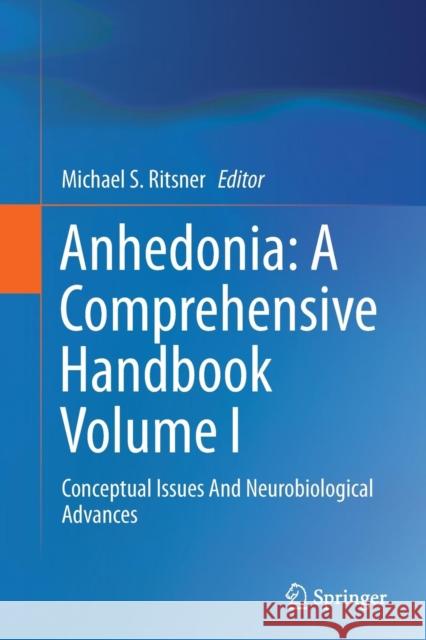Anhedonia: A Comprehensive Handbook Volume I: Conceptual Issues and Neurobiological Advances » książka
topmenu
Anhedonia: A Comprehensive Handbook Volume I: Conceptual Issues and Neurobiological Advances
ISBN-13: 9789402407778 / Angielski / Miękka / 2016 / 352 str.
Anhedonia: A Comprehensive Handbook Volume I: Conceptual Issues and Neurobiological Advances
ISBN-13: 9789402407778 / Angielski / Miękka / 2016 / 352 str.
cena 609,79
(netto: 580,75 VAT: 5%)
Najniższa cena z 30 dni: 609,79
(netto: 580,75 VAT: 5%)
Najniższa cena z 30 dni: 609,79
Termin realizacji zamówienia:
ok. 30 dni roboczych
Dostawa w 2026 r.
ok. 30 dni roboczych
Dostawa w 2026 r.
Darmowa dostawa!
Kategorie BISAC:
Wydawca:
Springer
Język:
Angielski
ISBN-13:
9789402407778
Rok wydania:
2016
Wydanie:
Softcover Repri
Ilość stron:
352
Waga:
0.52 kg
Wymiary:
23.39 x 15.6 x 1.96
Oprawa:
Miękka
Wolumenów:
01
Dodatkowe informacje:
Wydanie ilustrowane











